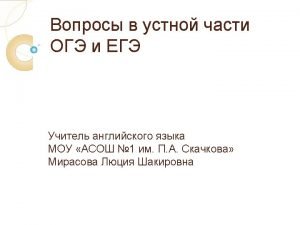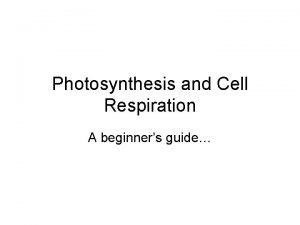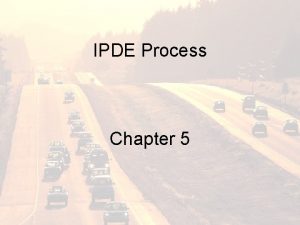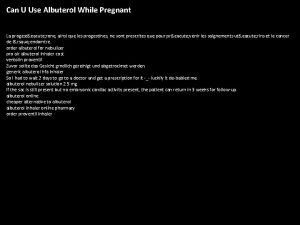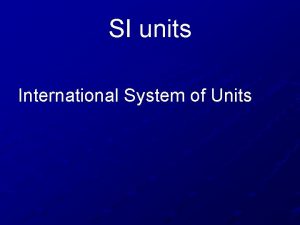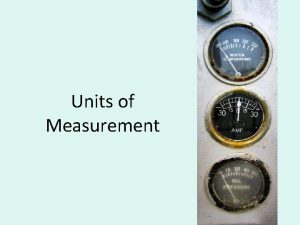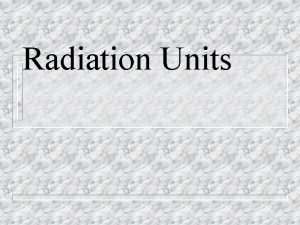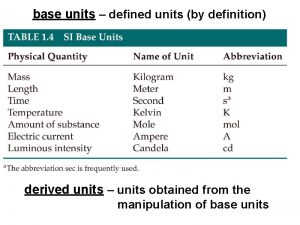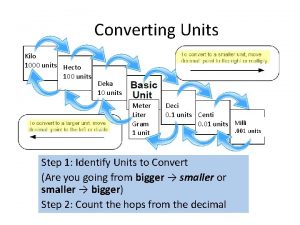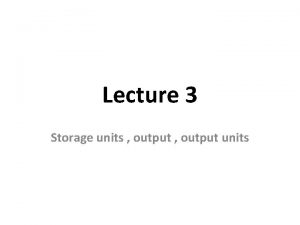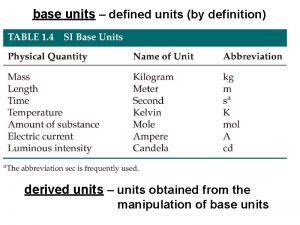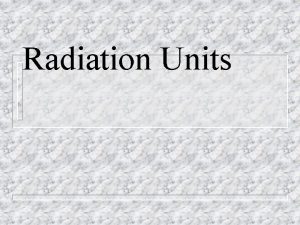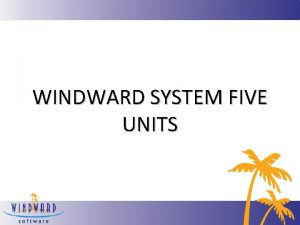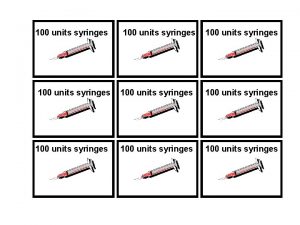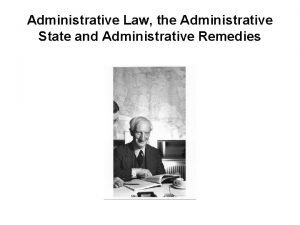How Administrative Units Can Take Part in Assessment













- Slides: 13

How Administrative Units Can Take Part in Assessment Activities TO PROVIDE EVIDENCE OF CONTINUOUS IMPROVEMENT AMY MOFFAT, PHD ASSESSMENT MANAGER, SCHOOL OF NATURAL SCIENCES UC MERCED

Different types of assessment Academic Student Affairs Administrative

UC Merced Policy for the Annual Assessment and Periodic Review of Administrative Units Engage review in annual assessment and 7 -year periodic Designed to facilitate continuous improvement, transparency, and accountability Enables units to adopt approaches to assessment consistent with their professional cultures

Purpose Annual assessment involves an evidence-based appraisal of the extent to which a unit is meeting its desired outcomes for the purpose of taking action to improve effectiveness.

Why? Ultimately, as with all assessment, the goal is to show that the university’s mission is being accomplished – STUDENT LEARNING It promotes evidence based planning and continuous improvement Inform planning, decision making, and budgeting Support actions to implement improvements Annual assessment submitted by unit managers can help units and the institution make and communicate strategic choices that align unit efforts and resources with institutional priorities.

Units Vs. Individuals Assessment is NOT intended as a means to evaluate individuals However, the Human Resources core competency in “quality assurance and assessment” requires staff to… Demonstrate involvement in their unit’s annual and/or periodic assessment efforts Make sure that quality does not suffer as the quantity of work increases Work effectively with peers to provide and/or improve the quality of service provided Carry their own share of team workload Performance evaluation => merit or worth, while assessment does not make final decisions about merit or worth

How? First… PLAN Establish mission, develop service goals with outcome statements that are measurable Establish a benchmark or desired outcome to compare against your actual results Evidence is data – How do you know a unit is fulfilling a purpose outlined by that goal in a measurable way? Outcome statements addressed both customer satisfaction and objective measures of performance CAS Standards (next slide) or Professional Association good place to start Develop a timeline for assessing each goal What is your unit’s annual report deadline? When is your unit scheduled for periodic review?

CAS Professional Standards for Higher Education Example: Graduate and Professional Student Programs and Services What to include in assessment – both qualitative and quantitative: Demographics and characteristics of students Student needs, experiences, and learning outcomes Overall use of and satisfaction with programs and services Attrition and persistence rates, such as time to degree completion and reasons for leaving prior to completion Post-graduation career plans and outcomes Adherence to national standards Overall satisfaction with services and environment

How? Then… IMPLEMENT PLAN Following your plan of which goal is to be assessed when, then Collect data => the data/evidence collection process is specific enough to determine that data are unlikely to be biased, sufficient sample sizes. The findings/evidence need to provide information or insight into how the unit might improve (i. e. . The findings are actionable) Present results; identify potential limitations to the data Clearly state whether the unit’s benchmark was met BE CANDID about your conclusions of the results Plan of action: timeline with milestones, identifies responsible individuals and necessary resources (budget implications)

Examples – Responding to Results Annual assessments: Very satisfied with the results – keep doing what we’re doing and find ways to do it even better (NSED) Don’t make changes yet – need more years of data (Grad Programs) What we’re doing is not working – need a new process Refine methods – we didn’t measure what we wanted to learn (Labs) Close the loop in a tangible way (Faculty Survey)

Examples – Responding to Results Periodic reviews: Reorganizing Revisiting Hiring Share staff functions policies consultants to support organizational development review findings with higher levels of campus leadership to inform decision making

A Vision For Administrative Assessment in the Future A central purpose is to better integrate academic planning (such as engaged by faculty members) with resource allocation (a responsibility of the administration). How can we link strategic goals to quality assurance? Being prepared for UC Merced 2030!

Resources assessment. ucmerced. edu website has all the policies, guidelines and templates for administrative assessment (go under the tab “Administrative”) Assessment staff: Amy Moffat, School of Natural Sciences Stephan Bera, School of Social Sciences, Humanities, and Arts D. B. Quan, School of Engineering Any member of the Campus Working Group on Assessment Credit for this presentation also goes to Corinne Townsend, IRDS
 Botox units in insulin syringe
Botox units in insulin syringe Variable costing income statement
Variable costing income statement Take a bus or take a train
Take a bus or take a train Take part in a telephone survey
Take part in a telephone survey What is the first sad memory of the young jose
What is the first sad memory of the young jose Photosynthesis equation
Photosynthesis equation Ipde process examples
Ipde process examples Where can i take forklift classes near me
Where can i take forklift classes near me Aodhan king alexander pappas
Aodhan king alexander pappas Can you take ventolin while pregnant
Can you take ventolin while pregnant Part whole model subtraction
Part whole model subtraction Unit ratio definition
Unit ratio definition Brainpop ratios
Brainpop ratios What is technical description
What is technical description



